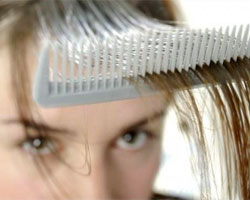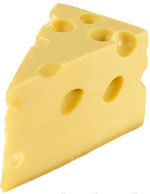I am a female who had a hair transplant last week with the FUE method. I have FPB and a very thin donor area. I was told that on the day of operation and too far into the procedure i dont have thick donor hair so the coverage wont be very good. I am concerned now as i wonder will i get shock loss too as i have weak hair then and will i be balder then before.
- When will the hair fall out now it is placed and how can i look after what i have to look like a normal lady?
- Can i use Regaine as that did work when i used it last time but it irritated my scalp?
- Should i take extra vitamins?
- Shall i just say a wig and be done with it?
- Does FUE not work for FPB then?
 First off, if you are female with a poor donor area, why would you even consider follicular unit extraction (FUE)? That surgical technique is mainly for people who want to cut their hair very short (like a crew cut) and not see any scar or just might want to shave their head, not likely for a female. If you are a woman, a scar (large or small) on the back of your head should be inconsequential and will never be noticeable with long hair covering it. I generally try to convince my females patients against FUE.
First off, if you are female with a poor donor area, why would you even consider follicular unit extraction (FUE)? That surgical technique is mainly for people who want to cut their hair very short (like a crew cut) and not see any scar or just might want to shave their head, not likely for a female. If you are a woman, a scar (large or small) on the back of your head should be inconsequential and will never be noticeable with long hair covering it. I generally try to convince my females patients against FUE.
I am outraged and you should be furious. How can one have surgery and not understand what to expect?! It seems that you got conned into doing a surgery by an unethical doctor. The doctor should have told you about this before you underwent the surgery. Now the problem you face is waiting for complications of the transplant such as shock loss, accelerated cyclical loss, failure to grow, and on and on. If you were told that the surgery you are having won’t give you good coverage while the surgery was being done, then you might have a malpractice claim against that doctor if you are worse for doing it!
Vitamins will not help with your surgery. The wig is up to you, but it could ultimately make your loss worse from any traction alopecia that could develop. I would not use Rogaine (minoxidil) if it irritates your scalp. Let us hope you have no or minimal shock loss from the surgery itself and you can at least achieve some coverage. Only time will tell.
For the rest of the readers out there — beware of unethical doctors and do your research. Use this guide to help select your hair transplant doctor. We generally believe that 80% of female patients do not make good hair transplant candidates, especially if their donor hair shows diffuse thinning.
![]()
![]()



 I’m sure the donor impact of follicular unit extraction (FUE) is rarely a subject discussed by many of the doctors doing this procedure. When the donor area has a below average density, the impact on the donor area is very significant and it may appear to look like Swiss cheese. When the density is high, this is not a problem.
I’m sure the donor impact of follicular unit extraction (FUE) is rarely a subject discussed by many of the doctors doing this procedure. When the donor area has a below average density, the impact on the donor area is very significant and it may appear to look like Swiss cheese. When the density is high, this is not a problem. Yep, the ad is requesting participants for a paid research study in Colorado.
Yep, the ad is requesting participants for a paid research study in Colorado.